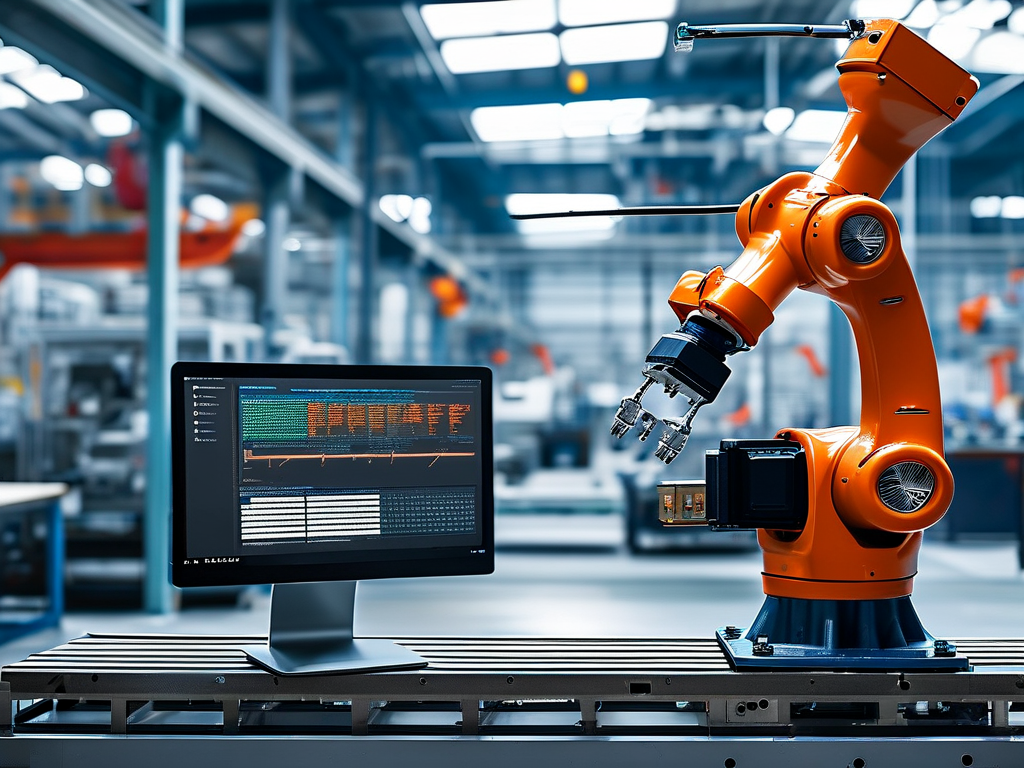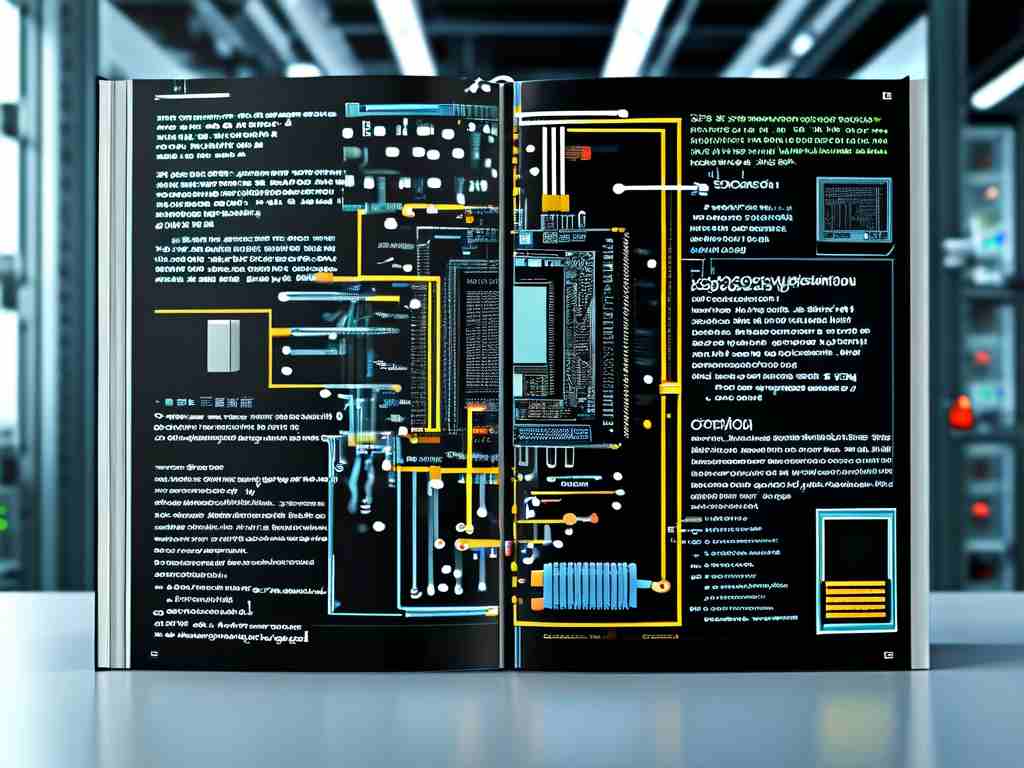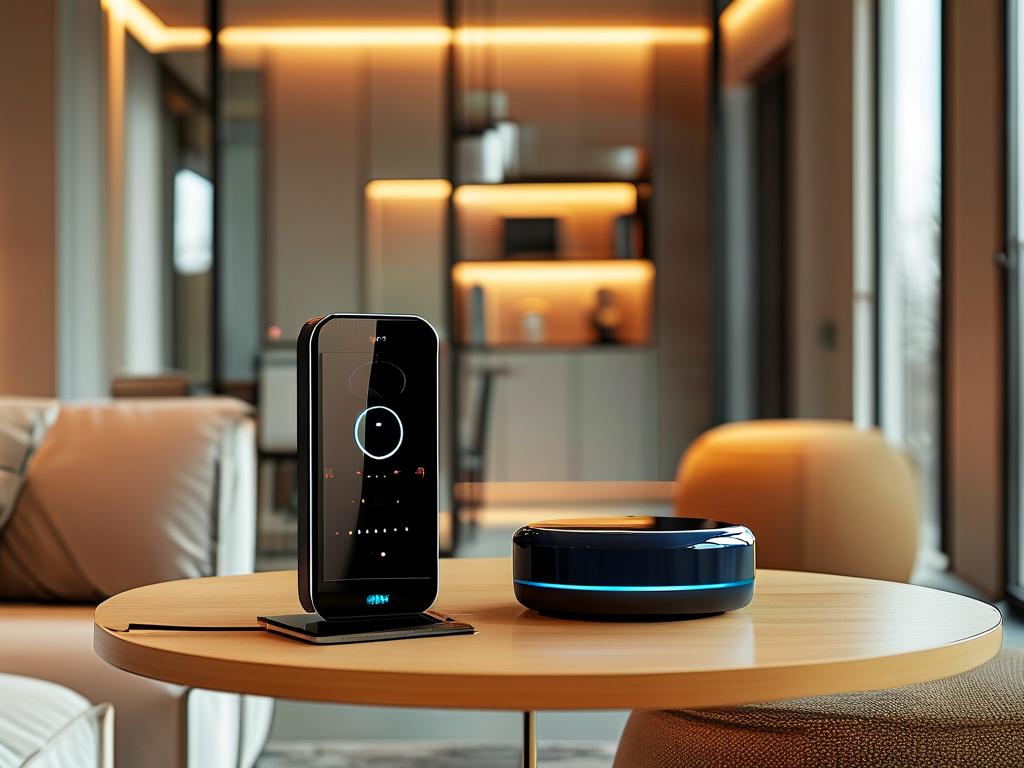In the competitive landscape of embedded systems development, balancing technical innovation with cost efficiency remains a critical challenge. As manufacturers strive to deliver high-performance devices at competitive prices, understanding how to optimize embedded development workflows while controlling factory pricing becomes essential. This article explores actionable strategies to achieve these dual objectives without compromising quality.
The Cost Drivers in Embedded Production
Every embedded product’s factory price is shaped by multiple factors, including component selection, design complexity, and production scale. For instance, choosing between off-the-shelf microcontrollers and custom ASICs directly impacts per-unit costs. A well-optimized bill of materials (BOM) can reduce expenses by 15–30%, according to industry benchmarks. However, cost-cutting must align with performance requirements – a delicate equilibrium that demands rigorous simulation and prototyping.
Consider this code snippet for power consumption optimization in IoT devices:
void enter_low_power_mode() {
// Disable unused peripherals
ADC_DISABLE();
UART_SLEEP();
// Set CPU to deep sleep
PMU_set_mode(PMU_DEEP_SLEEP);
}
Such optimizations extend battery life while allowing cheaper power components – a direct contributor to lower manufacturing costs.
Design-for-Manufacturing (DFM) Principles
Adopting DFM methodologies early in the embedded development cycle prevents costly redesigns. Simplified PCB layouts with standardized connectors, for example, reduce assembly time and minimize error rates. One automotive supplier achieved a 22% cost reduction by switching to panelized PCB manufacturing, demonstrating how process innovations complement technical design.

Supply Chain Synergies
Strategic partnerships with component distributors and contract manufacturers often yield better pricing than spot-market purchases. A case study from a medical device maker revealed that multi-year supplier contracts for flash memory chips lowered unit costs by 18% compared to quarterly orders. Additionally, leveraging open-source tools like Zephyr RTOS can reduce software licensing fees, which typically account for 7–12% of total project costs.
Scalability vs. Customization Dilemma
While mass production drives down per-unit factory pricing, market fragmentation demands flexible architectures. Modular firmware designs enable hardware variants without full redevelopment. A smart home company implemented configurable firmware using conditional compilation:

# Build configuration for regional variants
ifeq ($(REGION), EU)
CFLAGS += -DUSE_LORA_FREQ_868
else
CFLAGS += -DUSE_LORA_FREQ_915
endif
This approach supported 4 hardware versions with a single codebase, cutting NRE (non-recurring engineering) costs by 40%.
Testing Automation ROI
Comprehensive test automation may initially increase development budgets but pays long-term dividends. Automated hardware-in-the-loop (HIL) testing systems can identify defects 5× faster than manual methods, reducing warranty claims and factory rework. Data from an industrial sensor manufacturer showed a 3:1 return on test automation investments within 18 months of production.
Future-Proofing Cost Models
Emerging technologies like AI-accelerated EDA tools and digital twins are reshaping cost optimization paradigms. Predictive analytics now enable accurate material cost forecasting 6–9 months pre-production, while virtual prototyping slashes physical prototype iterations by up to 70%.
In , achieving competitive factory pricing in embedded development requires a holistic approach combining technical expertise, supply chain intelligence, and process innovation. By embedding cost-awareness into every development phase – from architecture design to volume production – teams can deliver market-ready solutions that balance performance, reliability, and profitability.









